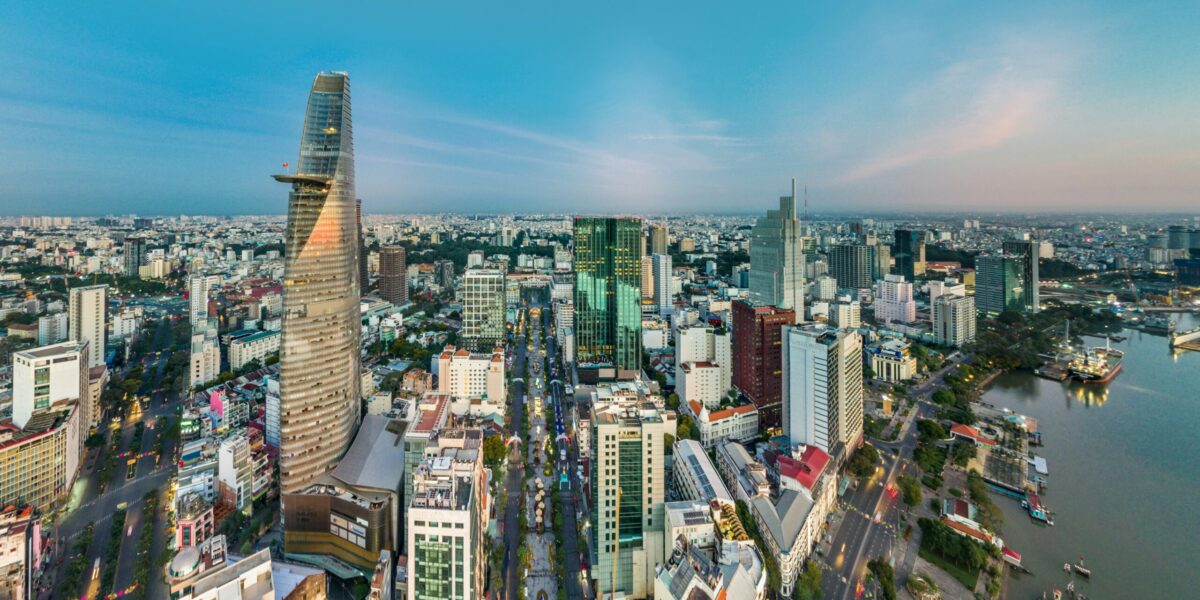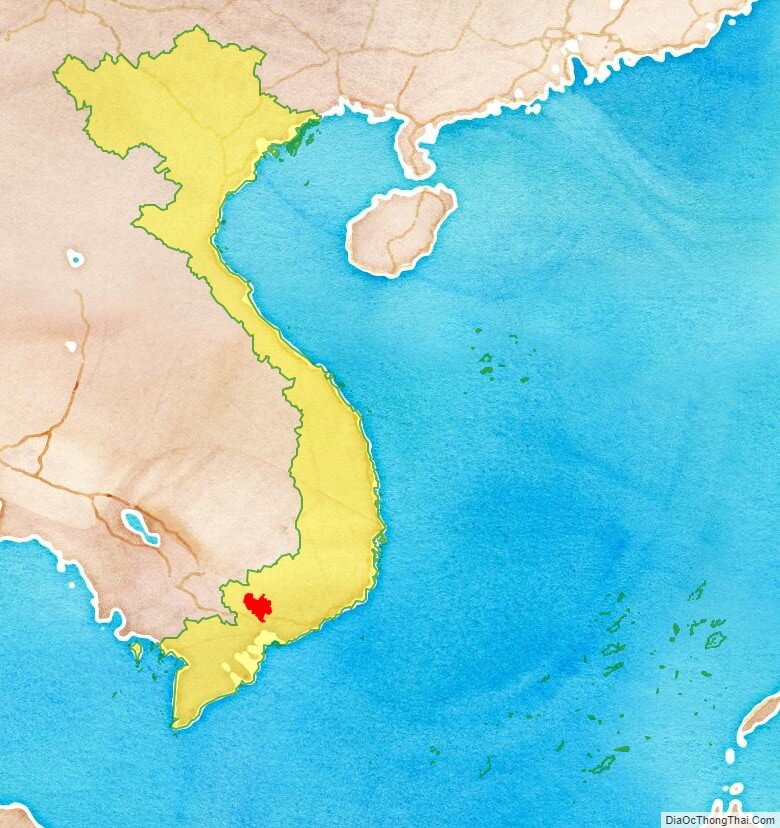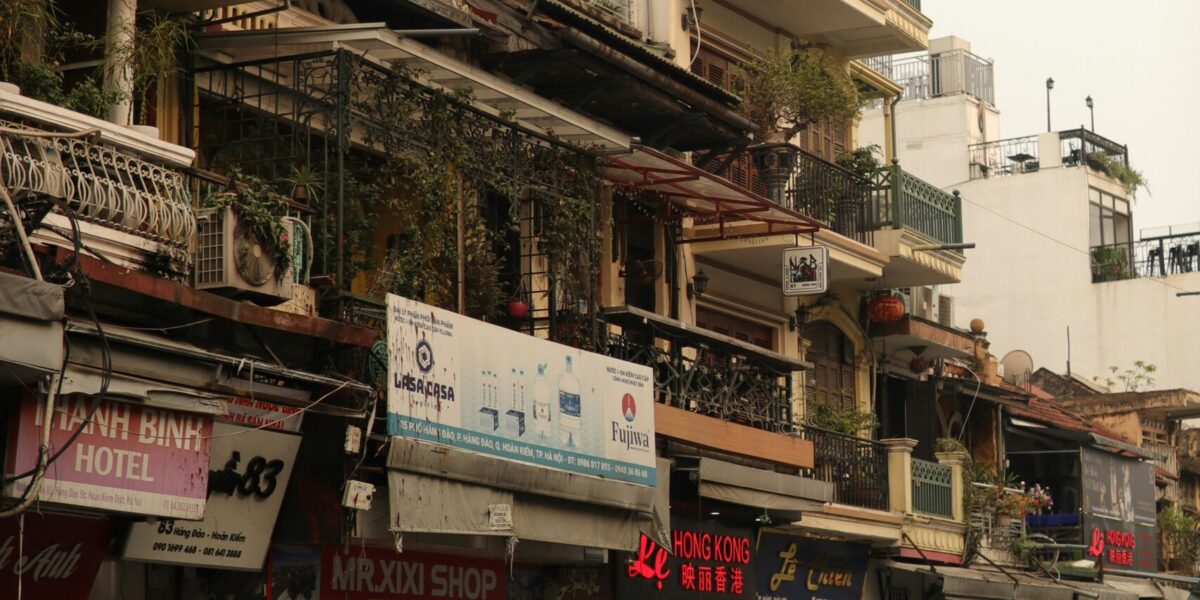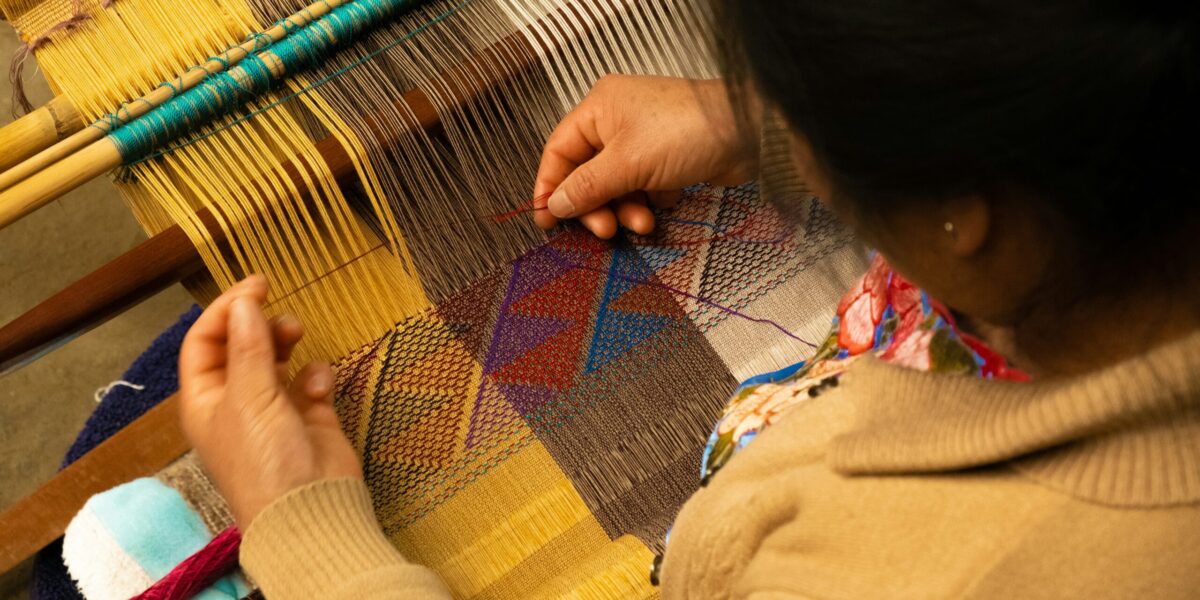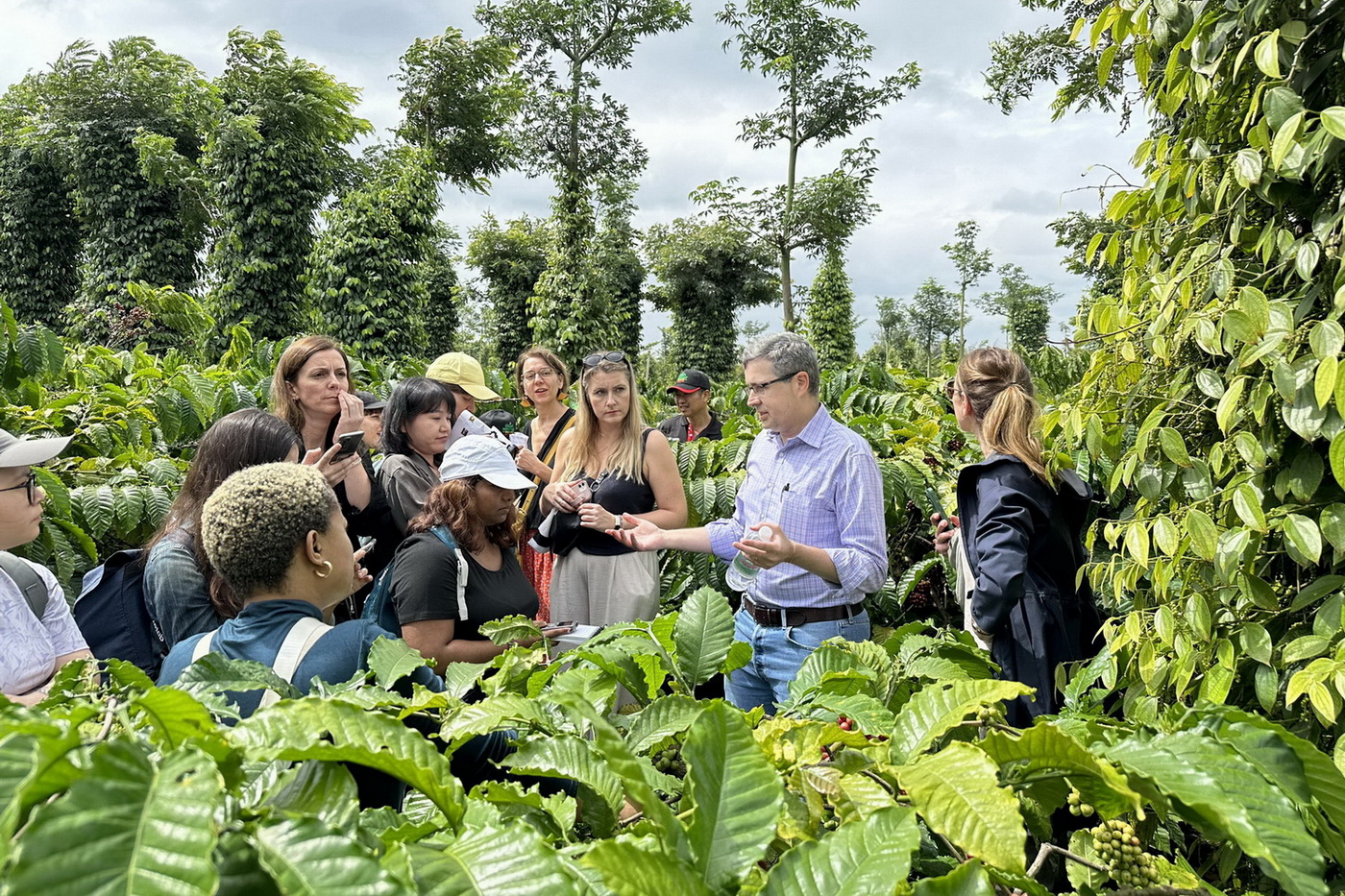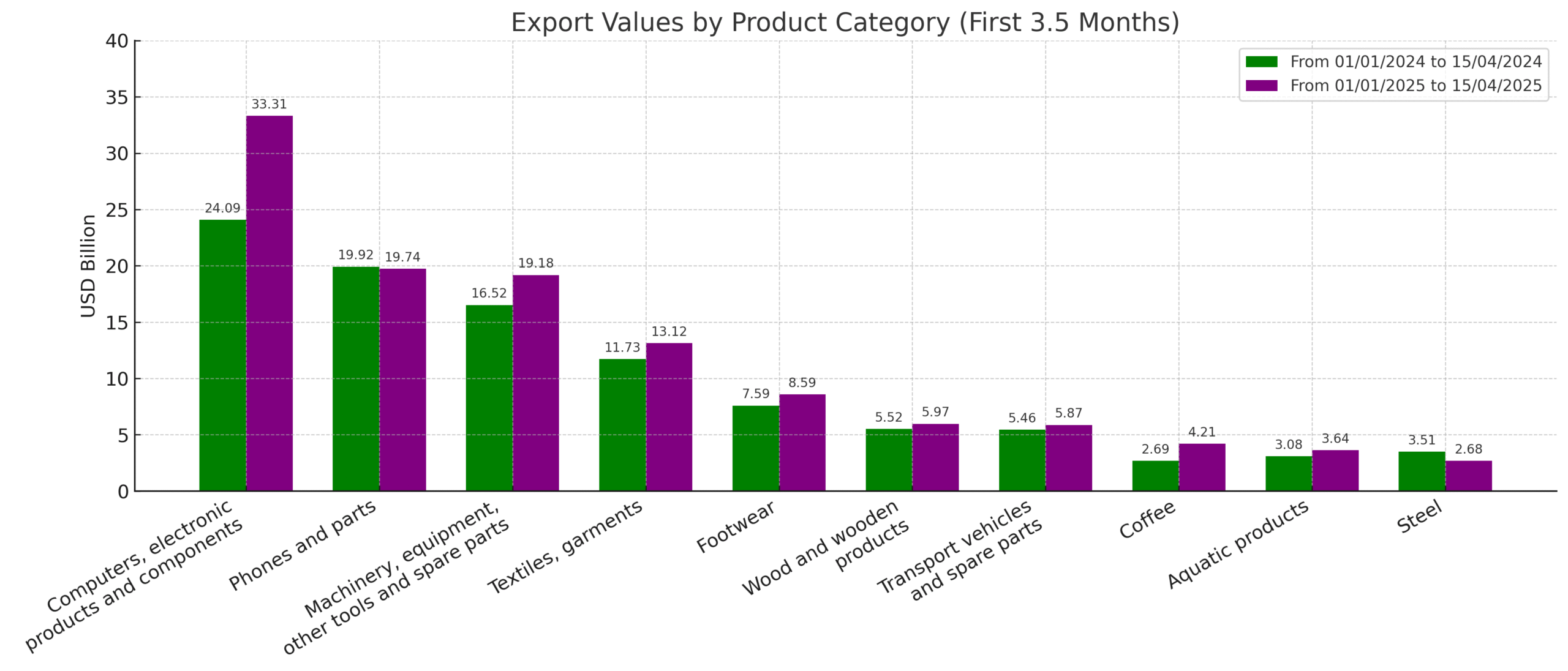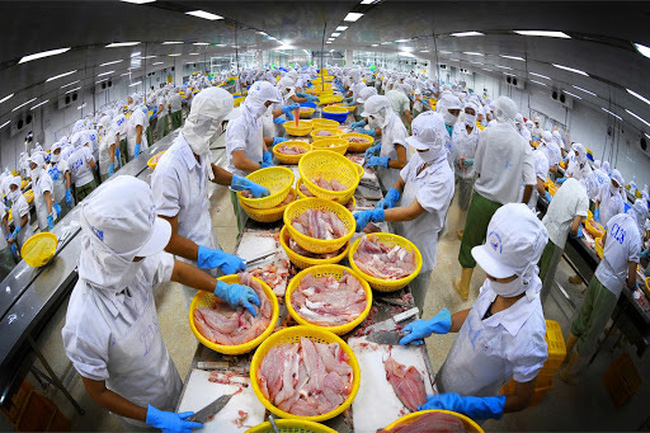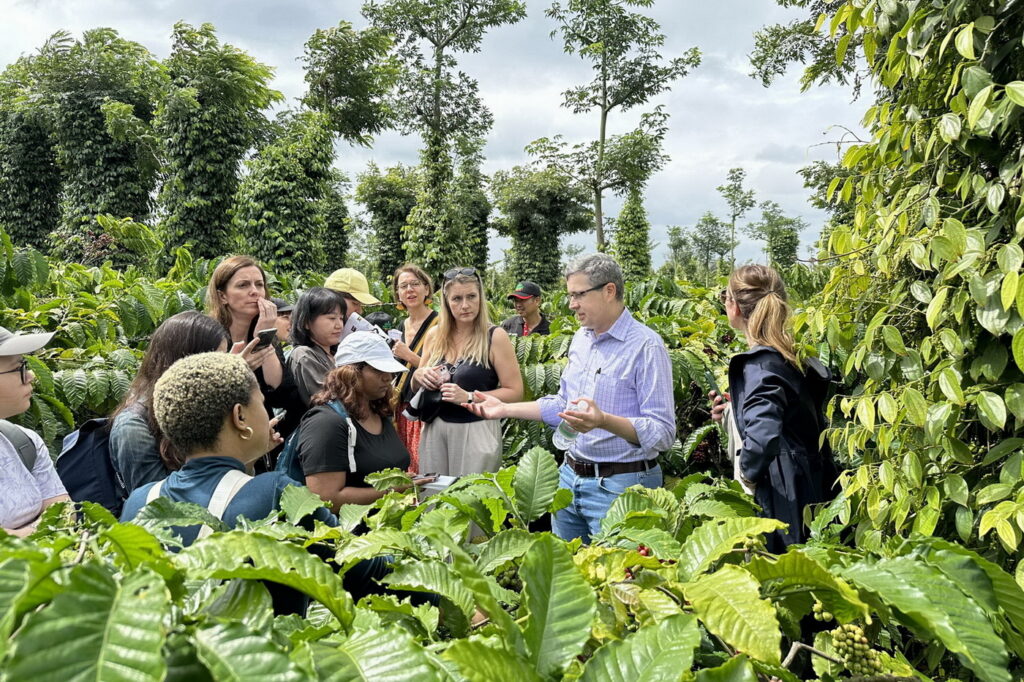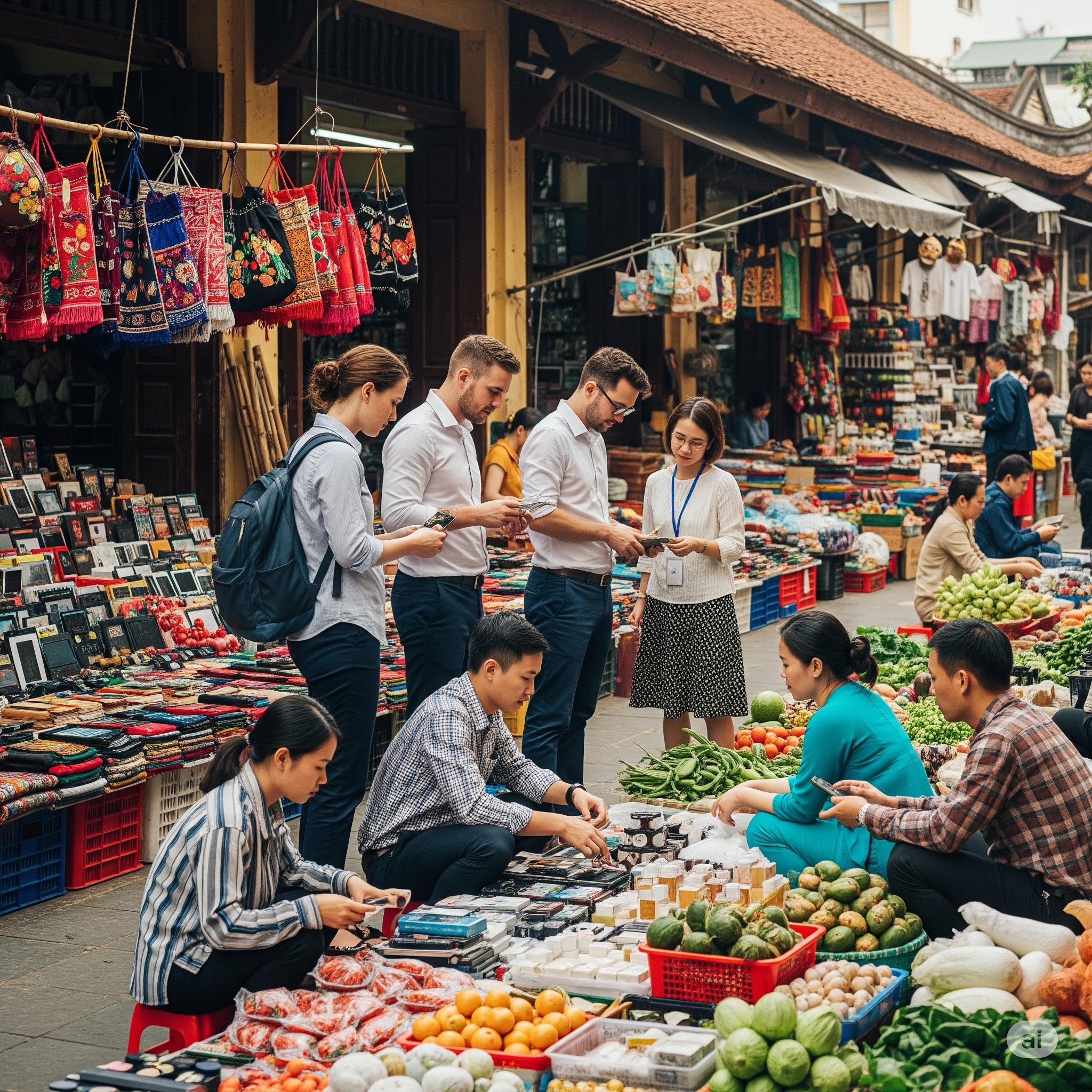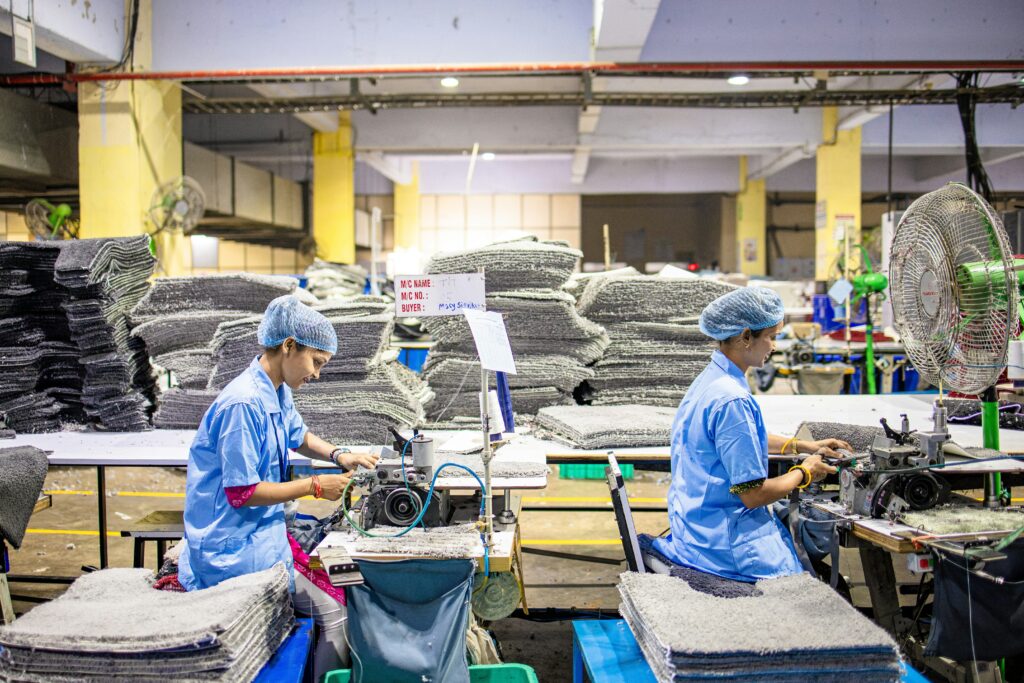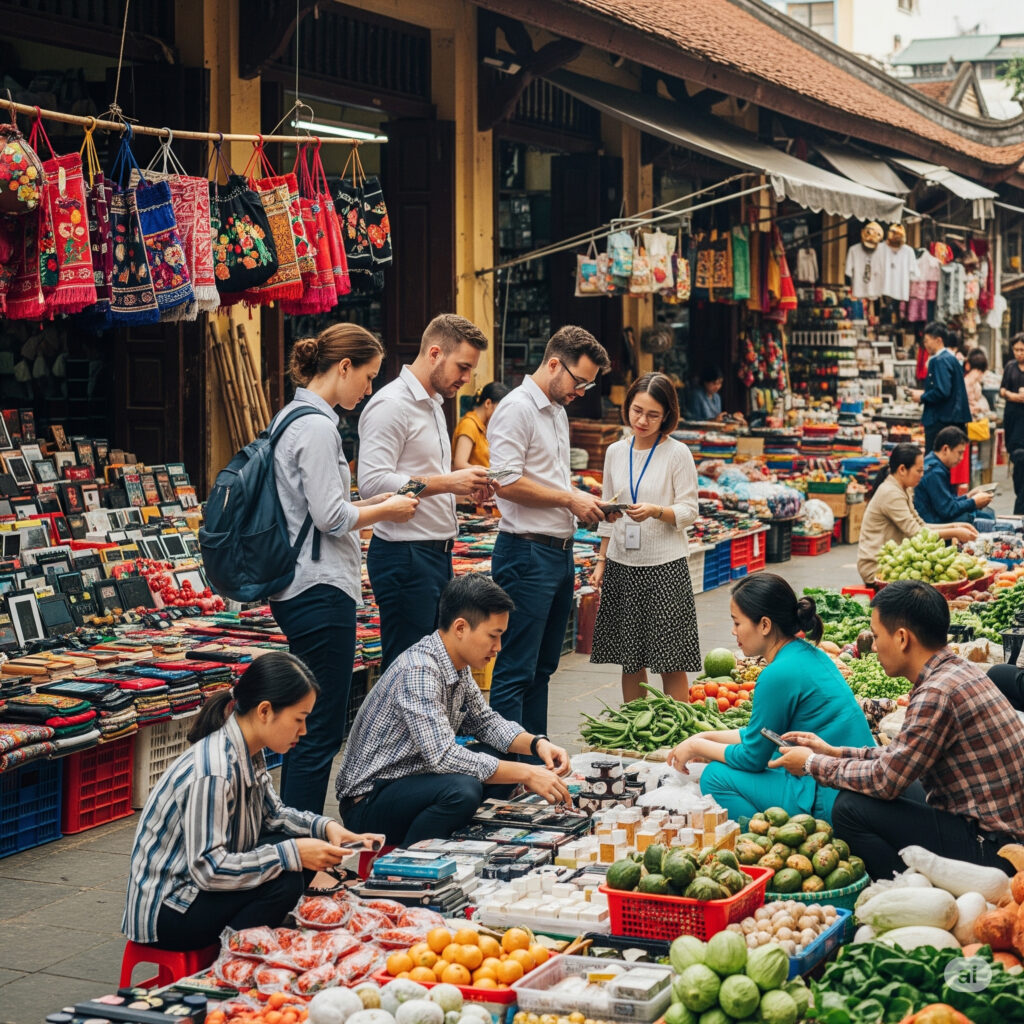The past decade has definitively proven that supply chains built solely on “just-in-time” efficiency are dangerously fragile. From global health crises and geopolitical shocks to infrastructure failures, volatility is the new constant. In this environment, resilience has moved from a buzzword to a critical, non-negotiable component of business strategy.
A resilient supply chain is one that not only weathers disruptions but adapts quickly, recovers swiftly, and maintains competitive advantage through uncertainty. The key to achieving this lies in moving away from single-source reliance and embracing strategic diversity across every layer of your network.
PRIMO Sourcing specializes in helping global brands develop this strategic blueprint, ensuring your network is built not on chance, but on calculated, sustainable strength.
1. The Core Imperative: Why Diversity Drives Resilience
Supply Chain Diversity is the deliberate cultivation of multiple, strategically positioned sources, pathways, and partnerships designed to eliminate single points of failure. The benefits extend far beyond simple risk mitigation:
| Strategic Benefit | PRIMO Advantage |
| Risk Reduction & Redundancy | Creates natural backup systems. If a primary supplier in one region is disrupted, alternative suppliers (by location or capability) maintain continuity. |
| Innovation Catalyst | Access to varied perspectives, technologies, and manufacturing techniques from different regions (e.g., Southeast Asia vs. Europe) fosters cross-pollination and breakthrough solutions. |
| ESG Compliance & Social Impact | Facilitates engagement with smaller, local, or minority-owned enterprises, fulfilling ESG goals and strengthening community ties. |
| Market Responsiveness | Geographic diversity allows for faster response times, reduced shipping costs, and better alignment with regional market demands and regulatory shifts. |
2. The Strategic Shoring Model: Blending Global and Local
True resilience is not about the binary choice between reshoring and offshoring. It is about Strategic Sourcing—placing the right capabilities in the right locations based on a holistic risk and cost profile.
- Global Suppliers (The Scale): Offer specialized capabilities, advanced capacity, and competitive pricing. Best for high-volume, standardized components.
- Local Suppliers (The Agility): Provide faster lead times, lower inventory needs, and increased responsiveness. Ideal for customized components or urgent, volatile demand.
This model emphasizes that a resilient network involves cultivating multiple, capable suppliers in each strategic location, ensuring that the benefit of regional proximity is amplified by internal supplier diversity.
3. The Five Pillars of a Resilient Network
Building this complex, adaptive system requires focusing on five interlocking elements:
Pillar 1: Critical Component Mapping & Alternative Sourcing
Identify the components in your network whose failure would cause the most significant disruption. For each component, map out not just your Tier 1 suppliers, but also sub-tier suppliers who represent hidden single points of failure (e.g., sole providers of raw materials or specialized tooling). Proactive development of alternative sourcing for these critical inputs is paramount.
Pillar 2: Proactive Risk & Compliance Management
Diversity introduces complexity. Risk Assessment must be multi-dimensional, evaluating financial stability, operational capability, regulatory adherence, and geopolitical exposure for every partner. Implement continuous monitoring and scenario planning to ensure that redundancy translates into reliable operational capacity during a crisis.
Pillar 3: Technology-Enabled Agility
Managing a diverse network is impossible without a robust digital foundation. Utilize Advanced Planning Systems (APS) for real-time optimization of sourcing decisions. Tools like IoT sensors and Blockchain technology provide end-to-end visibility into product provenance and supplier performance, enabling machine learning algorithms to predict disruptions and trigger contingency plans automatically.
Pillar 4: ESG Integration in Supplier Diversity
Environmental and social criteria are no longer separate checks; they are fundamental to long-term resilience. Actively seek out suppliers who demonstrate strong sustainable manufacturing practices and fair labor standards. This alignment builds stakeholder trust and mitigates future regulatory and reputational risks.
Pillar 5: Collaborative Supplier Relationships
Resilience is built on trust, not transactions. Invest in supplier development, share strategic forecasts, and establish clear communication protocols. This partnership approach encourages suppliers to invest in capabilities (like greater redundancy or specialized technology) that benefit the entire network, creating mutual competitive advantage.
4. PRIMO’s Blueprint for Implementation
Successfully implementing a resilient, diverse supply chain is a systematic journey, not a single decision:
- Multi-Dimensional Supplier Scoring: Develop a rigorous system that evaluates potential partners not just on cost and quality, but on financial health, innovation potential, and ESG criteria.
- Stage-Gate Qualification: Implement a phased onboarding process. Suppliers first demonstrate basic compliance, then move to pilot performance under real-world conditions, gradually increasing responsibility as confidence is built.
- Enhanced Visibility and Reporting: Deploy integrated systems for performance tracking and exception management. We leverage robust data and reporting to make the complexity of diverse supply chains manageable, providing you with real-time operational oversight.
- Quantify ROI: Measure benefits beyond simple cost savings. Track metrics like reduced lead times, decreased disruption severity, and improved time-to-market driven by supplier innovation.
Elevate Your Supply Chain: Partner with PRIMO Sourcing for Manufacturing Excellence
Building a truly resilient supply chain is the defining competitive advantage of this decade. It requires commitment from leadership, investment in technology, and most importantly, deep local expertise in global sourcing.
PRIMO Sourcing specializes in helping organizations develop diverse, resilient supply chains that drive both risk mitigation and competitive advantage. Our experts provide the roadmap and local management required to build a network that thrives in an uncertain world.
Don’t wait for the next disruption to expose your vulnerabilities.
Contact PRIMO Sourcing Today at Kelly@primovn.com to begin the process of building your diverse and resilient supply network.
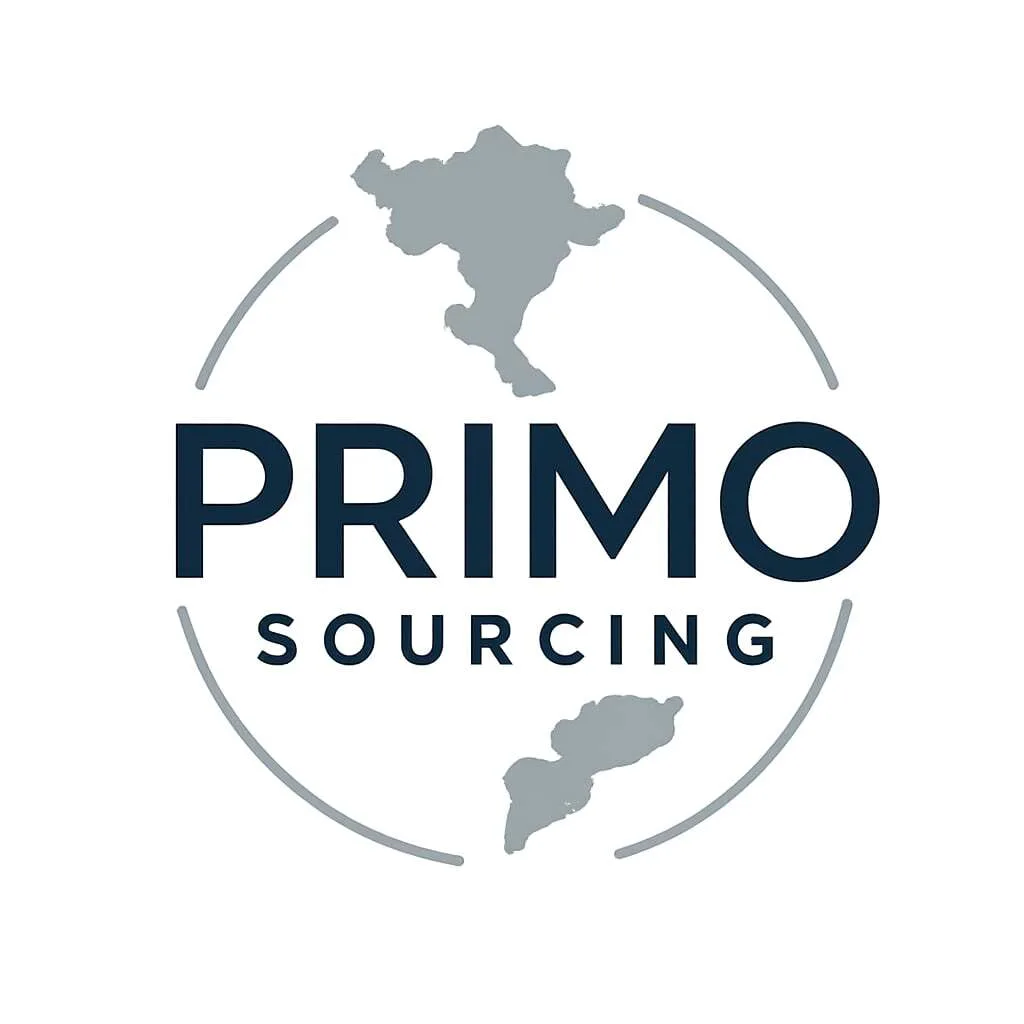

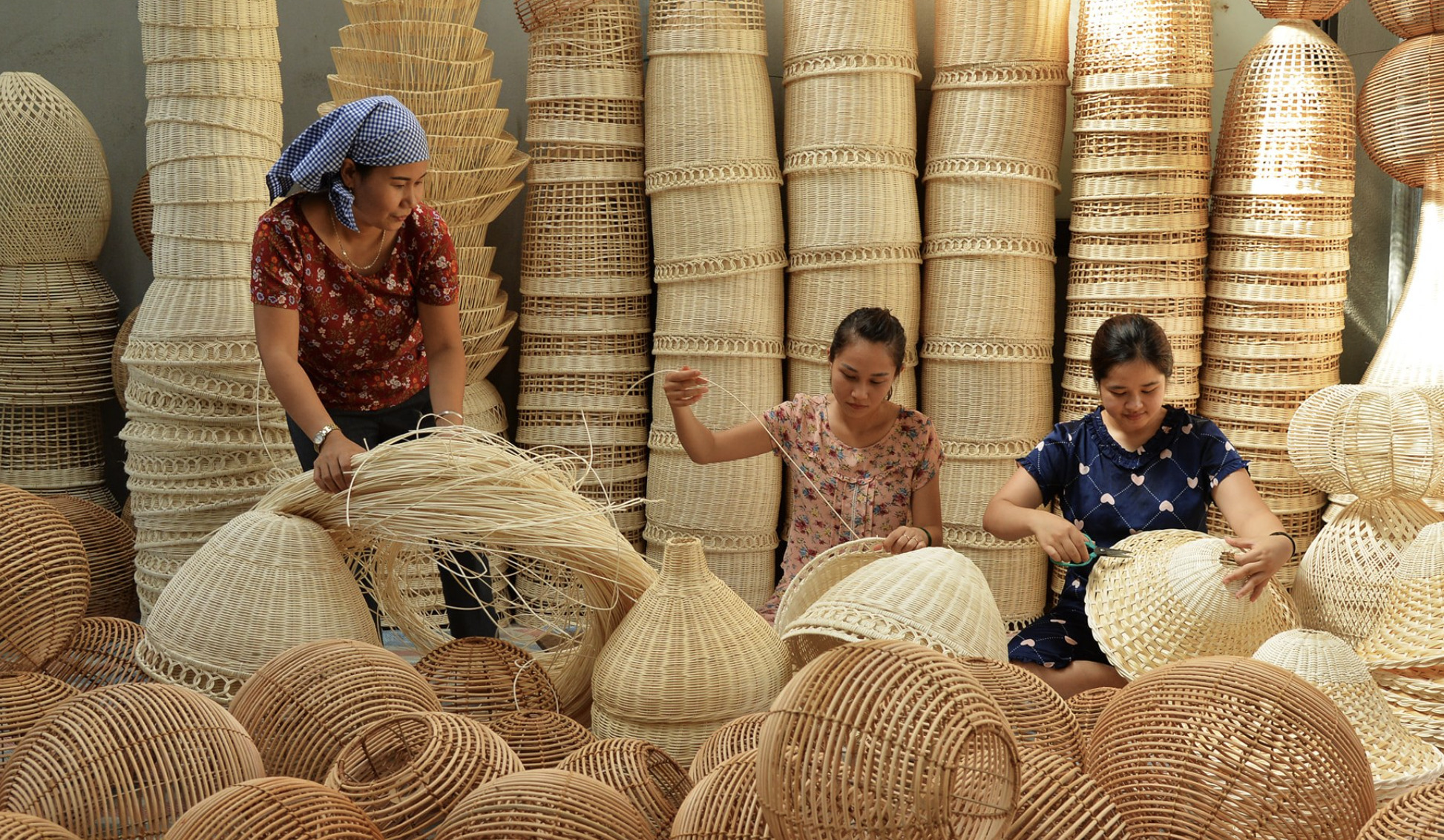
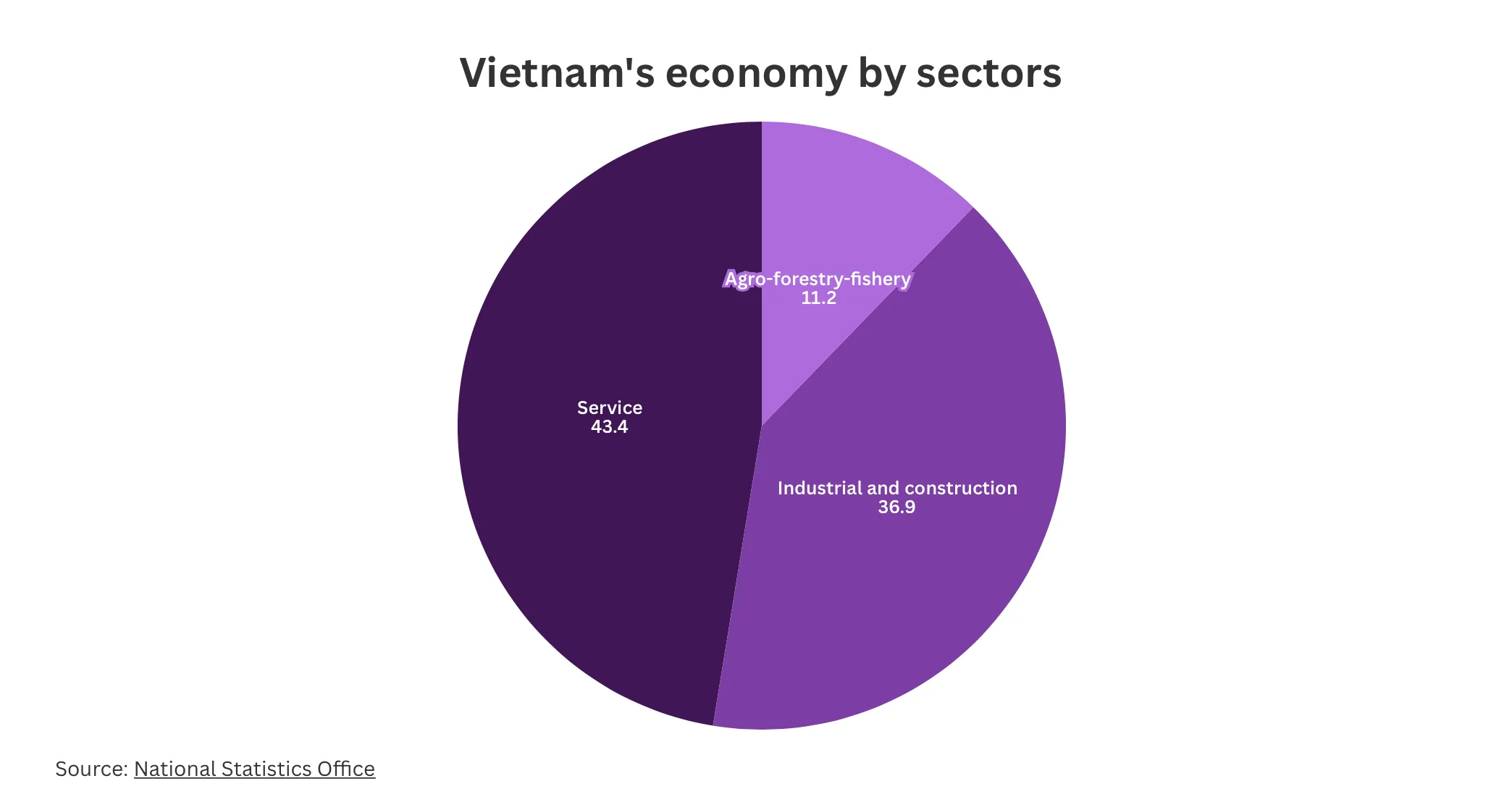
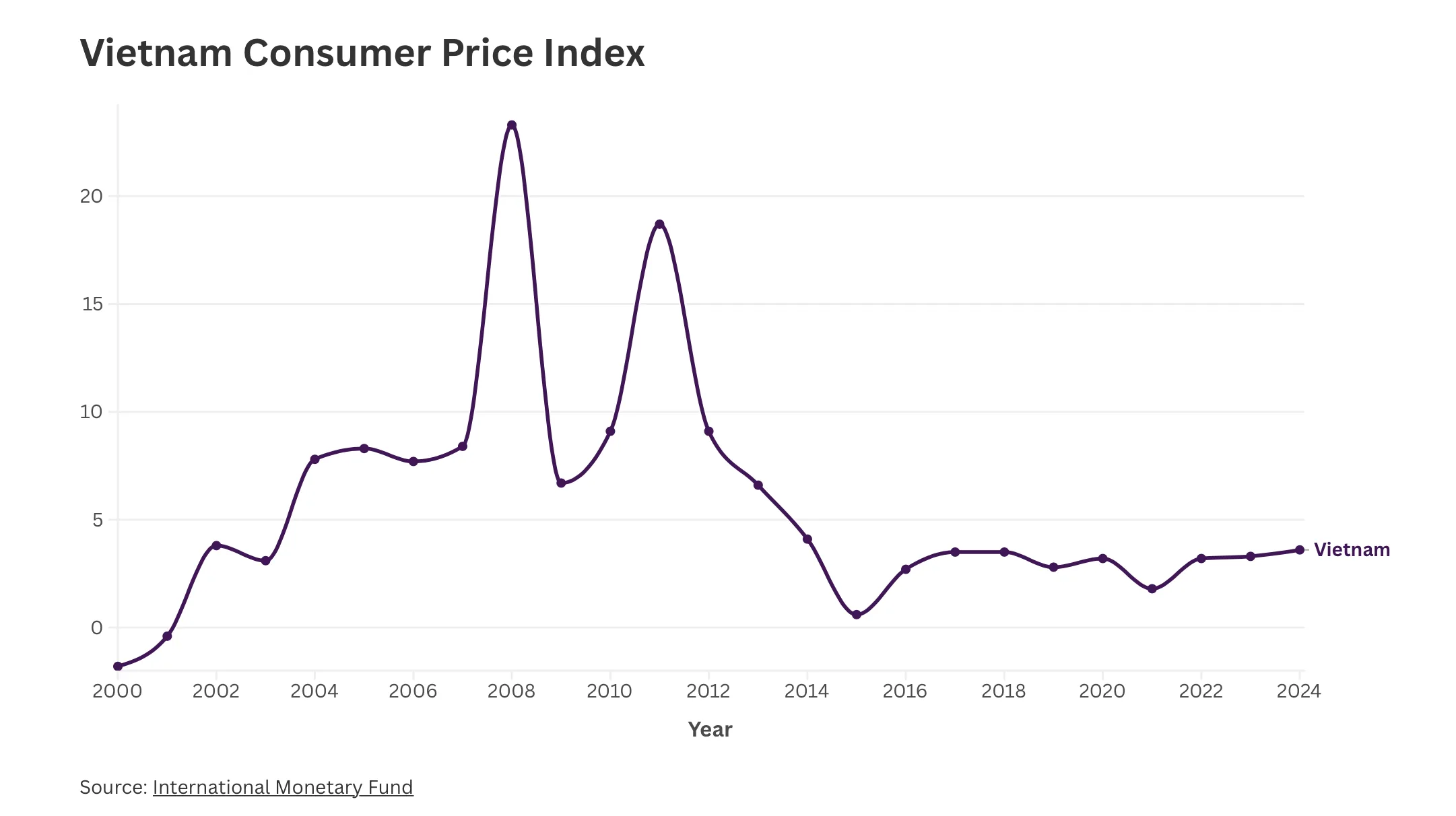
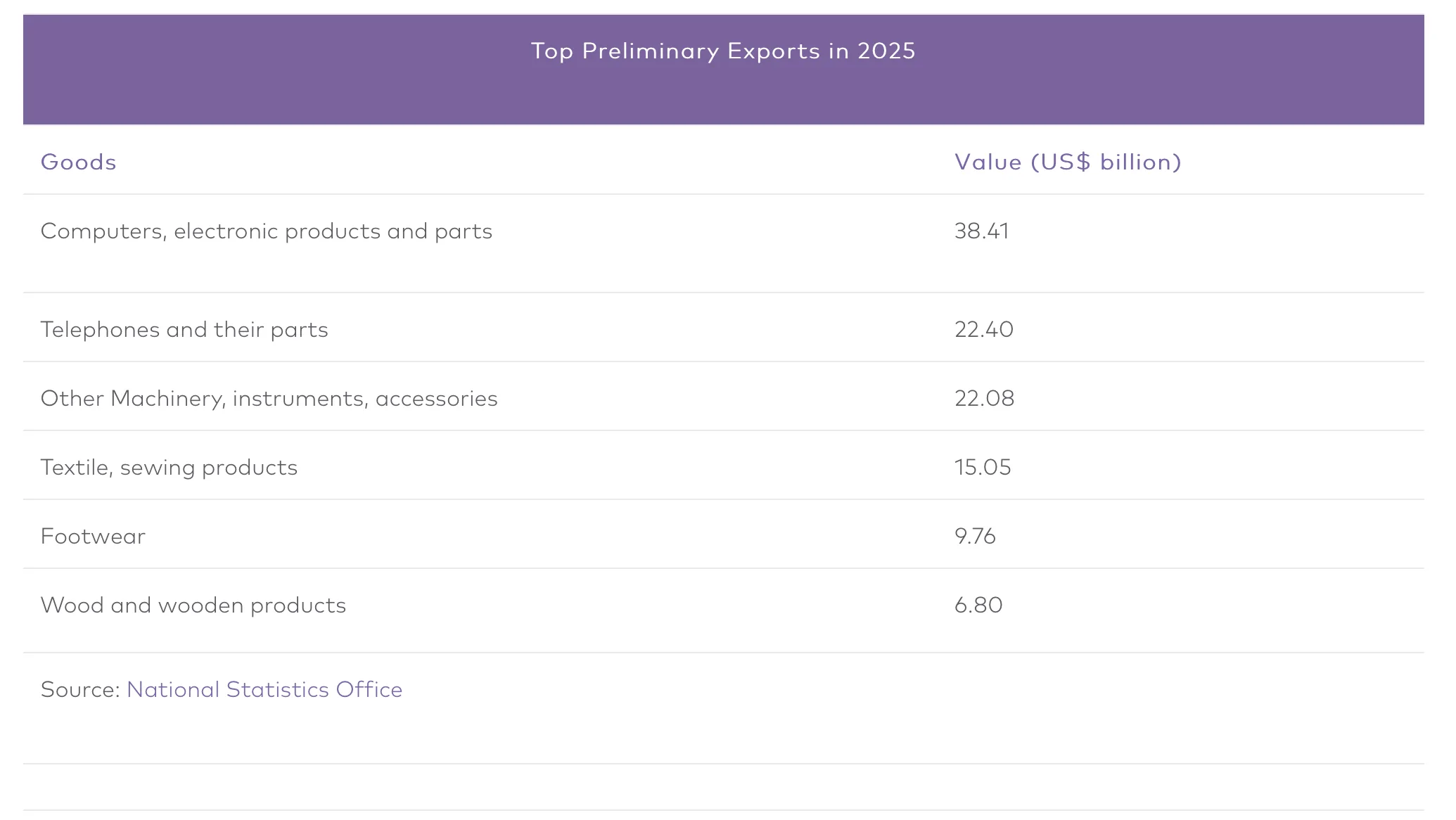

 Global Impact and Responses
Global Impact and Responses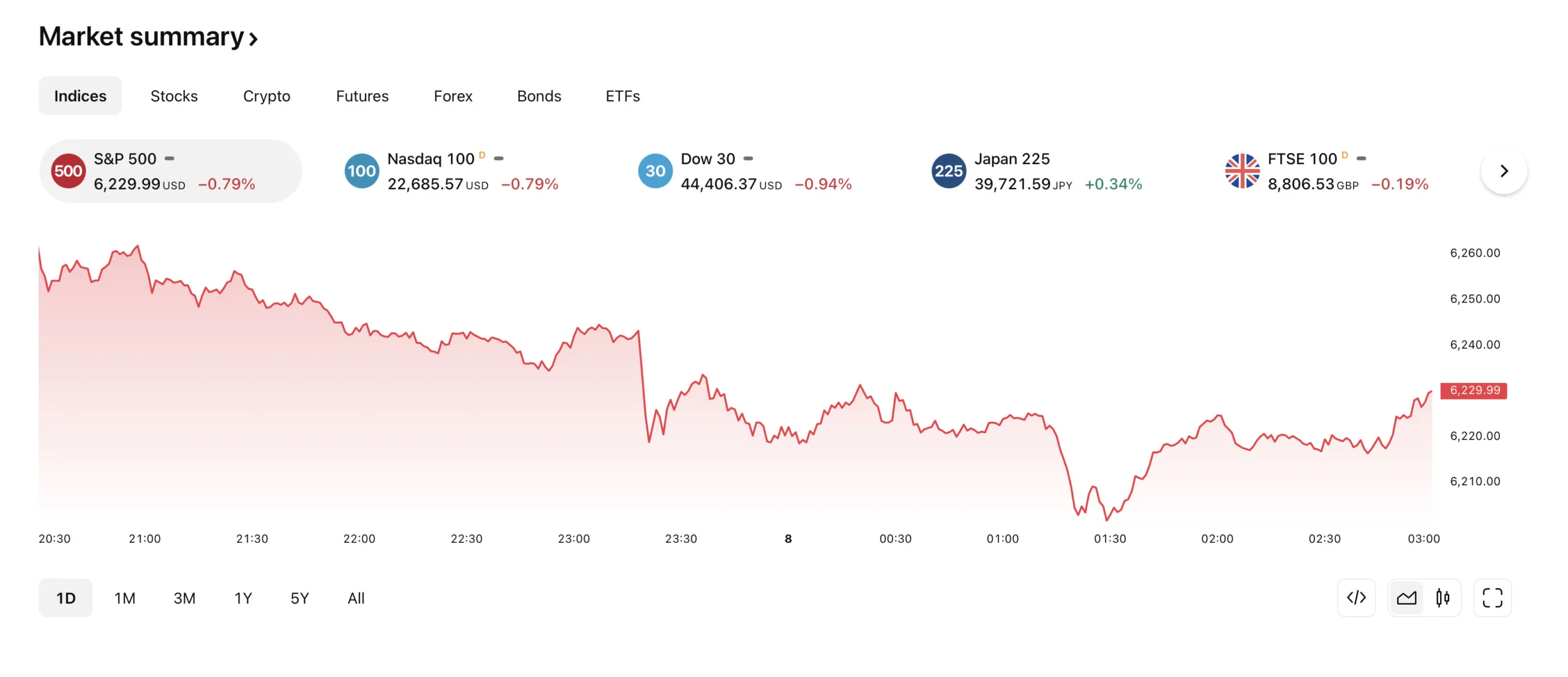 Broader Trade Blocs Targeted
Broader Trade Blocs Targeted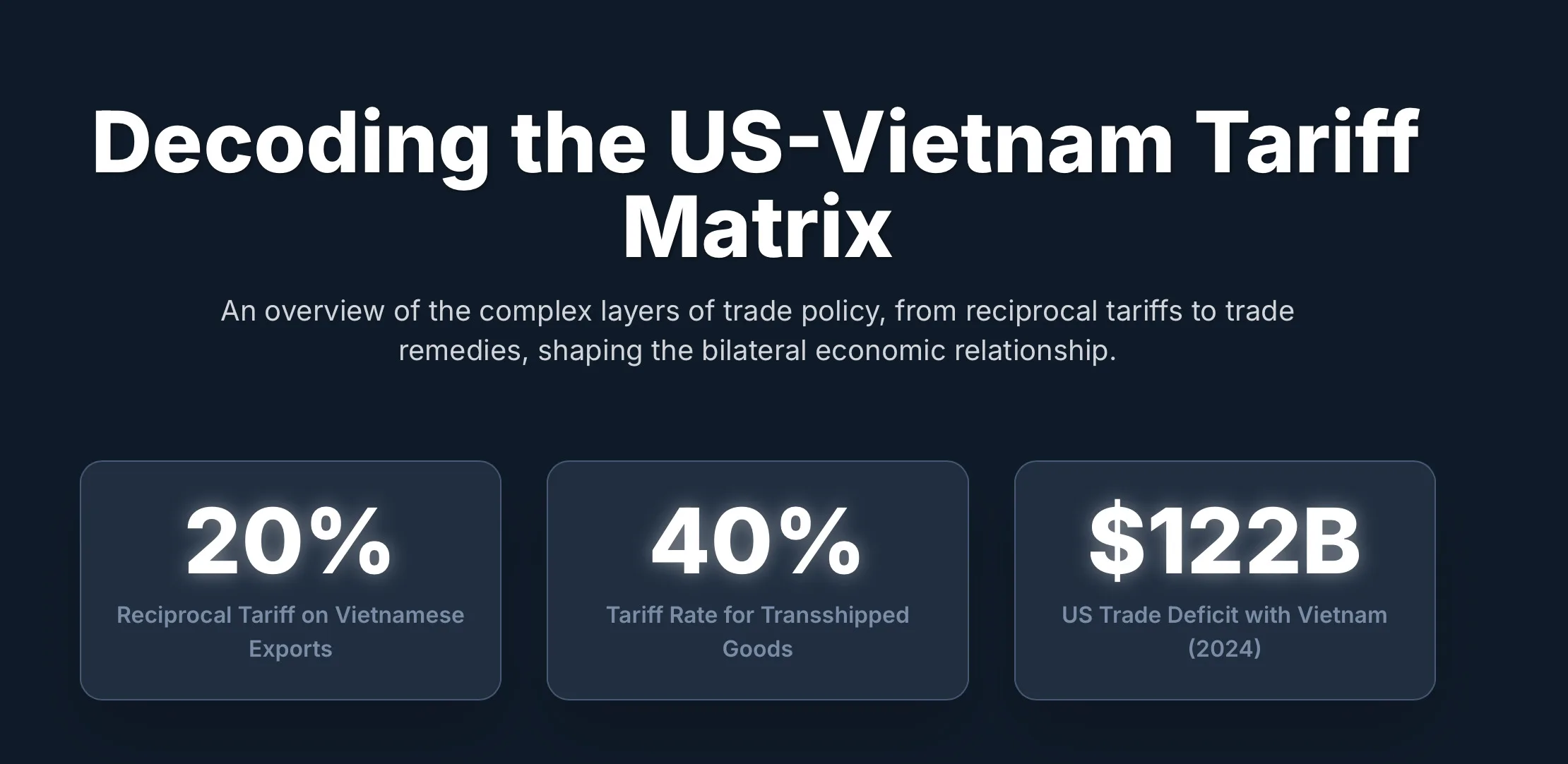
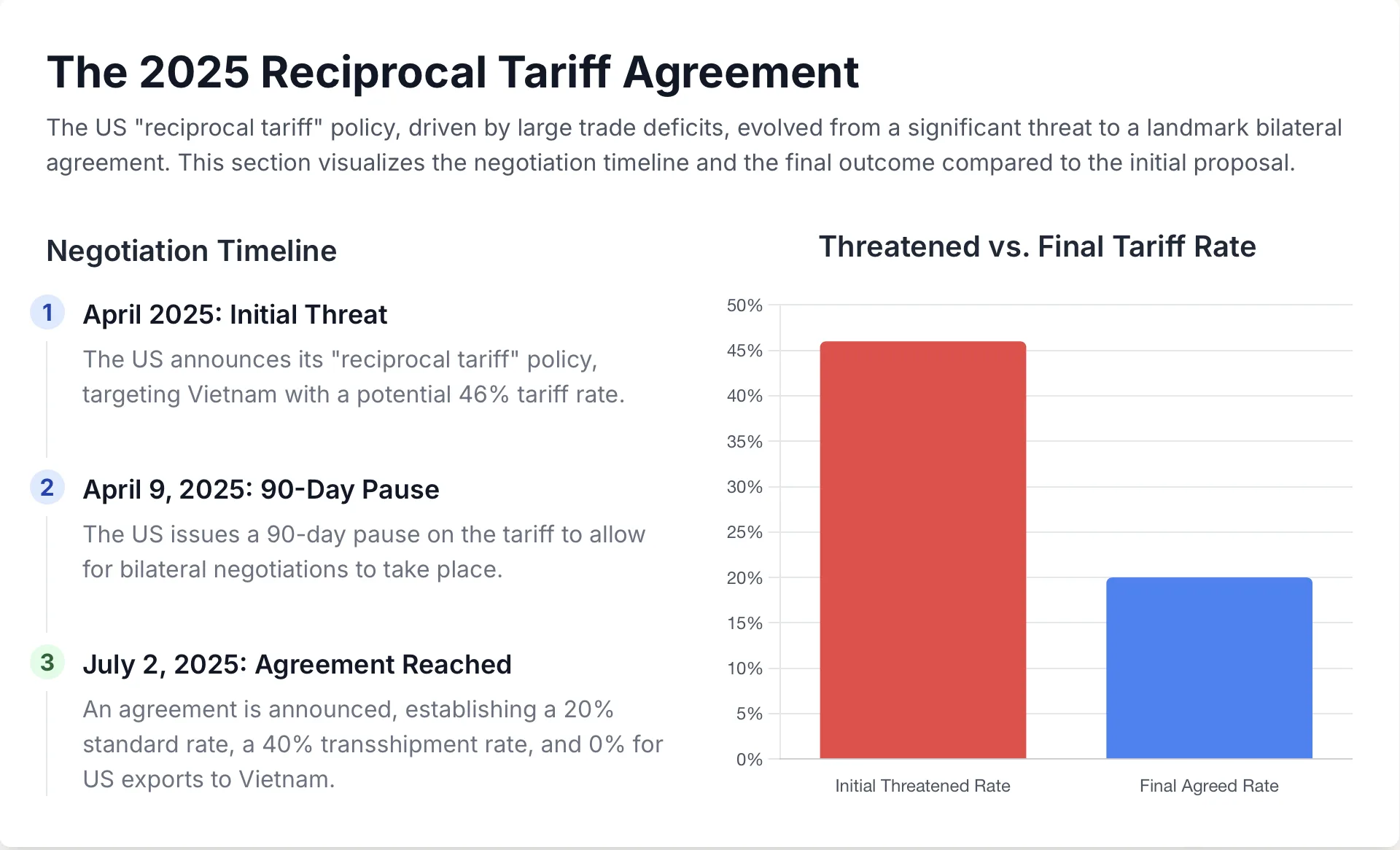
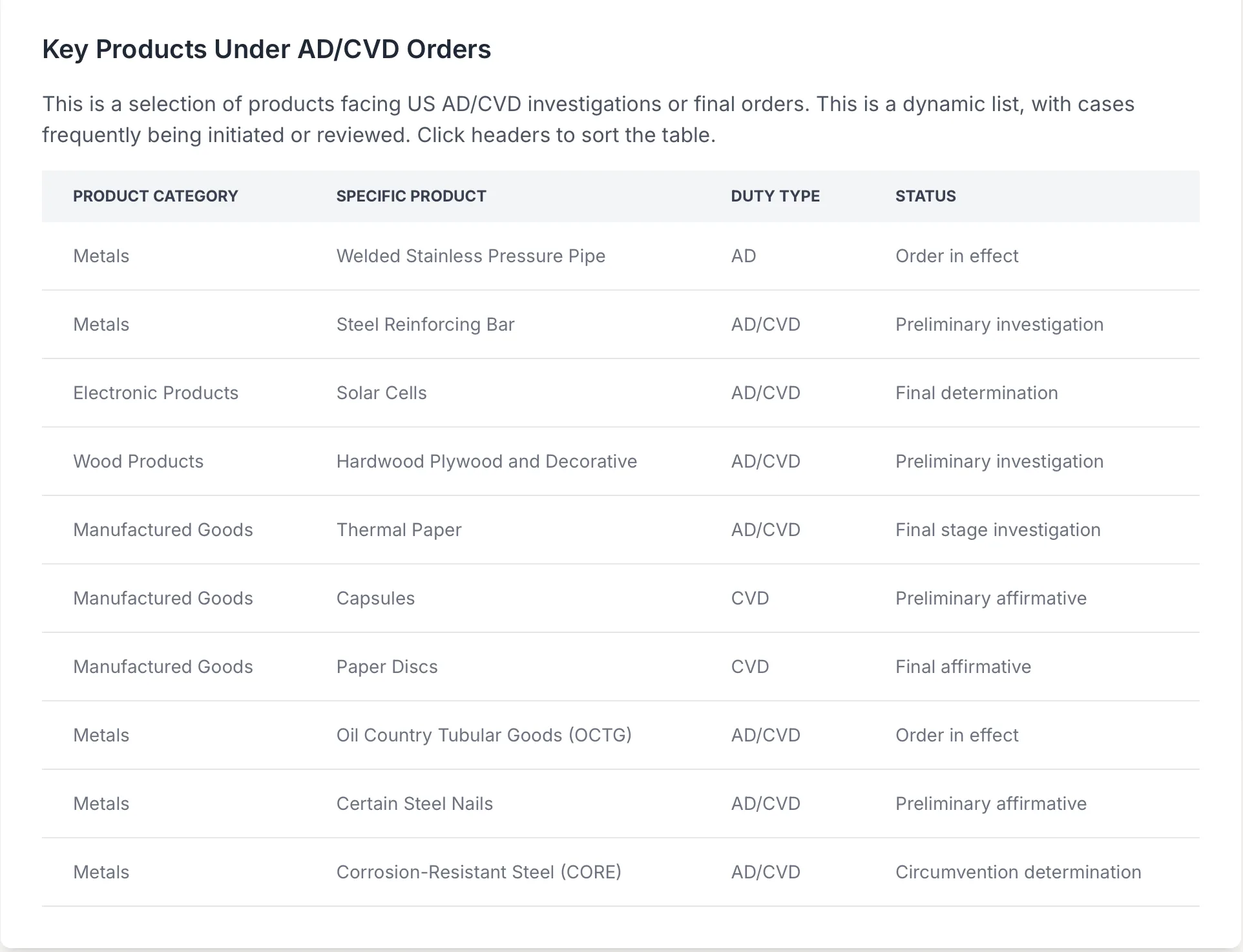
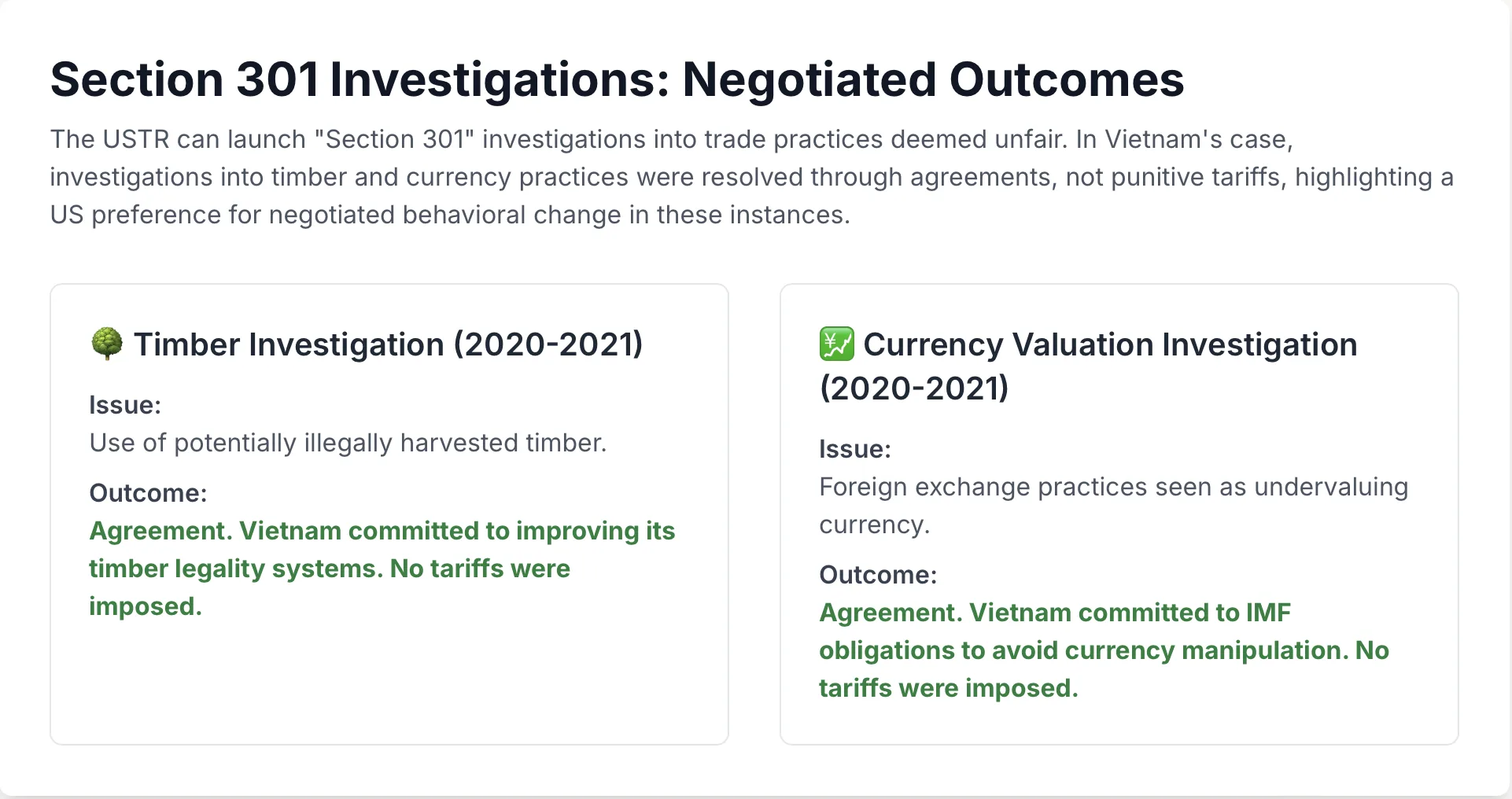
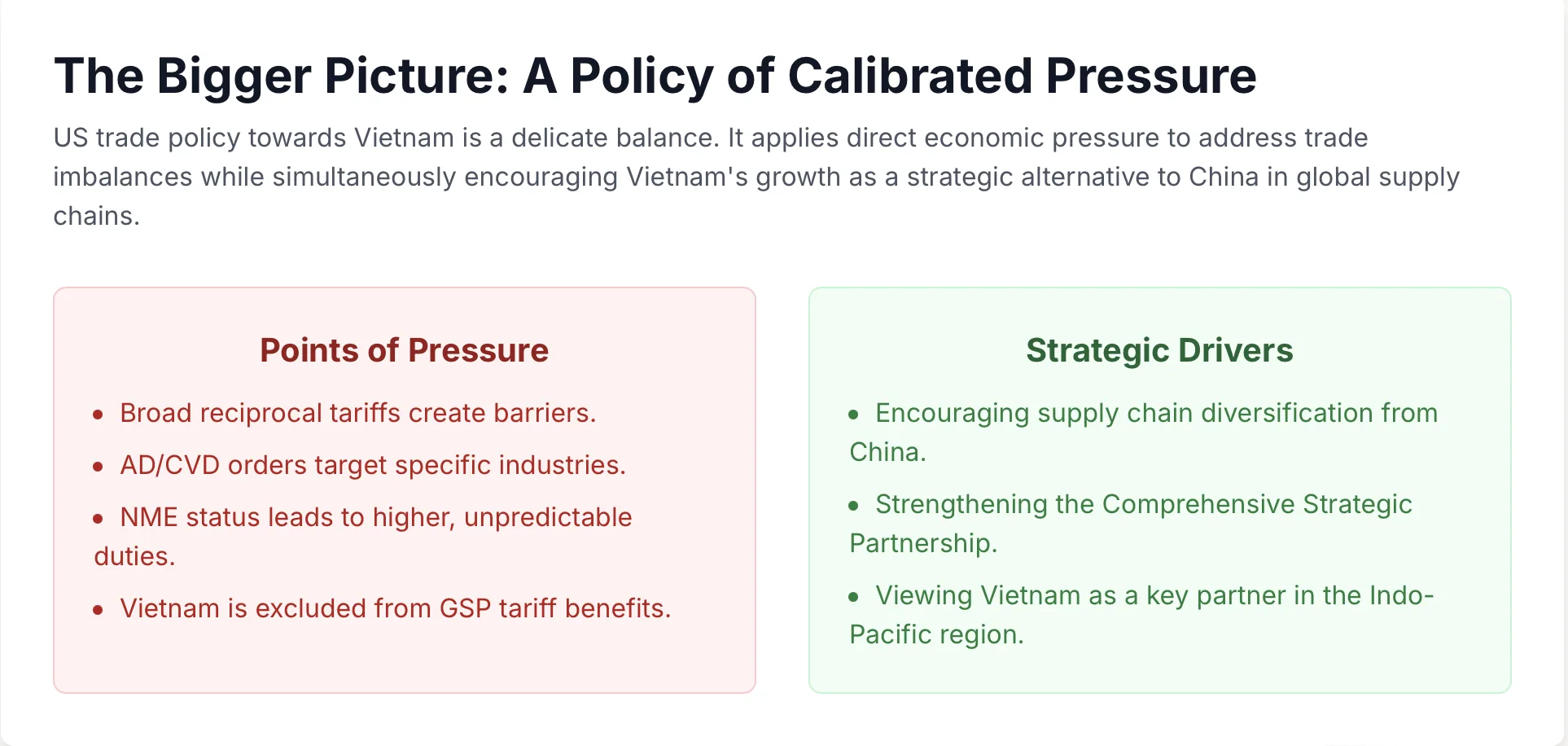

 Navigating the Challenges: How We Mitigate Risks for Your Business
Navigating the Challenges: How We Mitigate Risks for Your Business



 Our Strategy for Cost-Effective Vietnam Sourcing
Our Strategy for Cost-Effective Vietnam Sourcing

